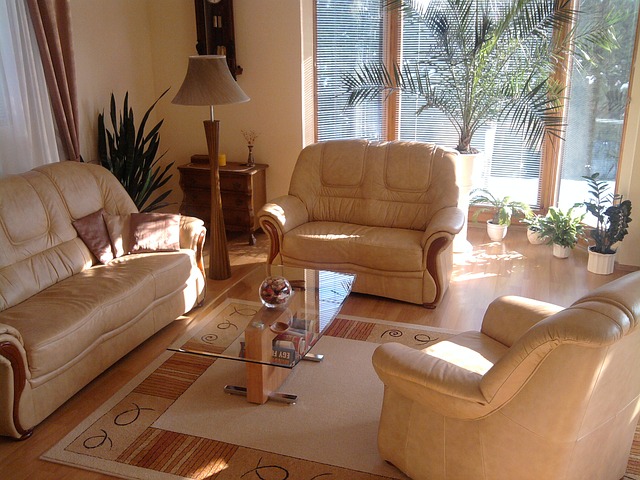Introduction
When it comes to dating antique furniture, one important aspect to consider is the style of the feet. The feet of a piece of furniture can provide valuable clues about its age and origin. By examining the design, materials used, and construction techniques of the feet, experts can determine the approximate period in which the furniture was made. In this article, we will explore the different styles of feet commonly found on antique furniture and how they can be used to date these cherished pieces.
Ball and Claw Feet
Materials used: Ball and claw feet are typically made of wood, often carved from a single piece. The claws are usually carved to resemble an animal’s paw, with the ball resting on top.
Origin and timeframe: Ball and claw feet were popular during the Chippendale period in the 18th century, particularly in England and America. This style was influenced by Chinese and European designs.
Characteristics: The claws are finely detailed, with individual toes clearly defined. The ball is often smooth and round, providing a balanced look. The overall appearance is elegant and ornate.
Cabriole Legs
Materials used: Cabriole legs are also commonly made of wood, with the upper portion of the leg curving outward and the lower portion curving inward.
Origin and timeframe: Cabriole legs became popular during the Queen Anne period in the early 18th century, and remained in fashion throughout the Georgian period. This style originated in France and quickly spread to England and America.
Characteristics: Cabriole legs are characterized by their graceful curves and S-shaped profile. The upper curve is often more pronounced, while the lower curve is subtler. The feet of cabriole legs can be either pad feet or ball and claw feet.
Bracket Feet
Materials used: Bracket feet are typically made of wood and are rectangular or trapezoidal in shape. They are often attached to the bottom of a piece of furniture.
Origin and timeframe: Bracket feet were popular during the Georgian period in the 18th century, particularly in England. This style was influenced by classical architecture.
Characteristics: Bracket feet are simple and understated, providing a solid base for the furniture. They are usually wider at the front and narrower at the back, creating a stable foundation.
Tapered Legs
Materials used: Tapered legs are also made of wood, with the legs gradually narrowing from top to bottom.
Origin and timeframe: Tapered legs became popular during the Mid-Century Modern period in the 20th century. This style originated in America and quickly gained popularity worldwide.
Characteristics: Tapered legs are sleek and minimalist in design. They provide a more contemporary look compared to the ornate styles of earlier periods. Tapered legs can be found on a variety of furniture, including chairs, tables, and cabinets.
Conclusion
The style of the feet can be a helpful indicator when dating antique furniture. By examining the design, materials used, and construction techniques of the feet, experts can determine the approximate period in which the furniture was made. Ball and claw feet are associated with the Chippendale period, cabriole legs with the Queen Anne and Georgian periods, bracket feet with the Georgian period, and tapered legs with the Mid-Century Modern period. These different styles offer valuable insights into the history and craftsmanship of antique furniture.
References
– Encyclopedia Britannica: www.britannica.com
– The Spruce Crafts: www.thesprucecrafts.com
– Antiques Roadshow: www.pbs.org












